Common Name(s): Lebbeck, kokko
Scientific Name: Albizia lebbeck
Distribution: Native to southern Asia; widely planted throughout tropics as an ornamental tree
Tree Size: 100-130 ft (30-40 m) tall,
2-3 ft (.6-1 m) trunk diameter
Average Dried Weight: 39.5 lbs/ft3 (635 kg/m3)
Specific Gravity (Basic, 12% MC): 0.51, 0.63
Janka Hardness: 1,330 lbf (5,920 N)
Modulus of Rupture: 13,730 lbf/in2 (94.7 MPa)
Elastic Modulus: 1,836,000 lbf/in2 (12.66 GPa)
Crushing Strength: 8,390 lbf/in2 (57.8 MPa)
Shrinkage: Radial: 2.9%, Tangential: 5.8%,
Volumetric: 9.6%, T/R Ratio: 2
Color/Appearance: Heartwood is golden brown, frequently with bands of lighter and darker colored wood. Contrasting sapwood is pale yellow. Color tends to darken with age.
Grain/Texture: Grain is deeply interlocked. With a coarse texture and good natural luster.
Rot Resistance: Rated as moderately durable; poor insect resistance.
Workability: Tends to be difficult to machine on account of its interlocked grain. Drying checks and splits may occur if not dried with care. Turns, glues, and finishes well.
Odor: No characteristic odor.
Allergies/Toxicity: Although severe reactions are quite uncommon, lebbeck has been reported to cause eye and respiratory irritation. See the articles Wood Allergies and Toxicity and Wood Dust Safety for more information.
Pricing/Availability: Usually available as veneer or turning blanks, or occasionally as boards. Prices are in the mid range for an imported hardwood.
Sustainability: This wood species is not listed in the CITES Appendices or on the IUCN Red List of Threatened Species.
Common Uses: Furniture, veneer, turned objects, carving, and other small specialty wood items.
Comments: Sometimes traded as kokko, this Albizia species is a common ornamental tree throughout tropical regions, and yields lustrous orangish brown lumber. Because of its deeply interlocked grain, it’s difficult to plane or machine, but the divergent grain directions impart a unique banded appearance which, coupled with its golden color, makes for a truly unique hardwood.
Images: Drag the slider up/down to toggle between raw and finished wood.
Identification: See the article on Hardwood Anatomy for definitions of endgrain features.
Porosity: diffuse porous
Arrangement: solitary and radial multiples
Vessels: large, few; dark brown colored deposits occasionally present
Parenchyma: vasicentric, lozenge, confluent, and banded (marginal)
Rays: medium to wide; normal spacing
Lookalikes/Substitutes: Appearance is similar to afzelia, another tropical hardwood with similar distribution. In addition to heartwood fluorescence (see notes below), Albizia species tend to have more color variation and striping, as well as being lighter in weight when compared to Afzelia species.
Notes: Albizia stands as one of the few genera with a wide distribution spanning different continents where the heartwood of all species consistently fluoresces under blacklight. (This is in contrast with Afzelia, where the wood is fluorescent much less consistently and not as strongly.) A lack of fluorescence in the heartwood would generally rule out Albizia.
Related Content:

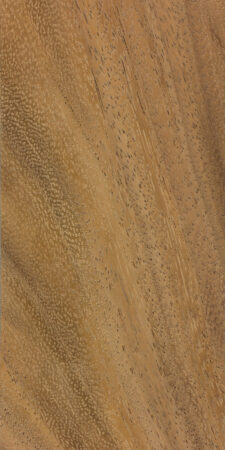
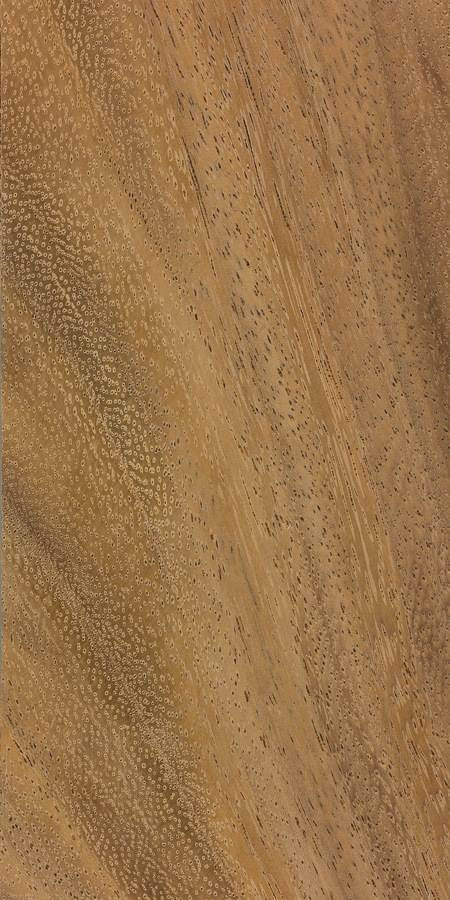
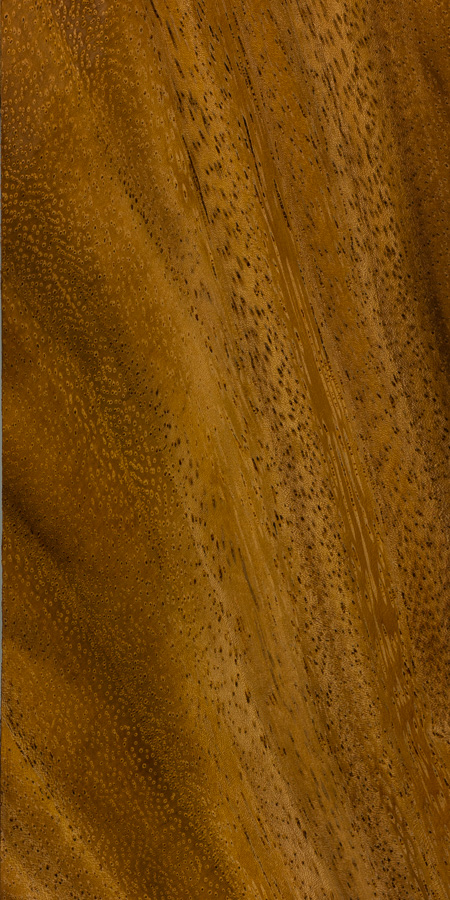
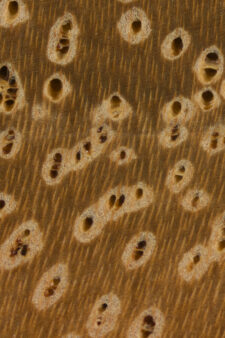

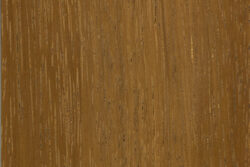
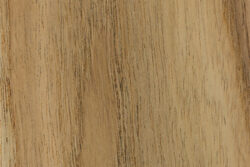
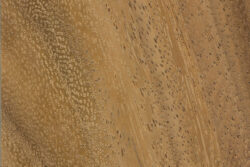
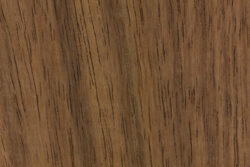
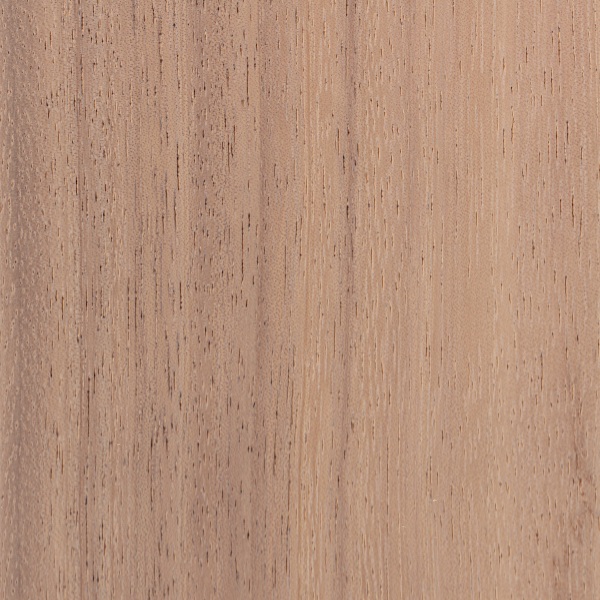
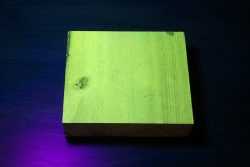






I just got about 42cft of Albizia Lebbeck here in India. Unfortunately it was extremely green, so we got it Kiln dried. Unfortunately the wood warped a fair bit during drying, though i suspect the kilning wasnt done properly. What I will say about the wood itself – it’s gorgeous, has a real nice shimmery sheen. Very easy to work, and not much issue with tearout. The biggest issue however was the reaction my friend and i had. Even through our respirators (p100 3m respis), the dust was very irritating to the throat, lungs, nasal passage. To the point that… Read more »